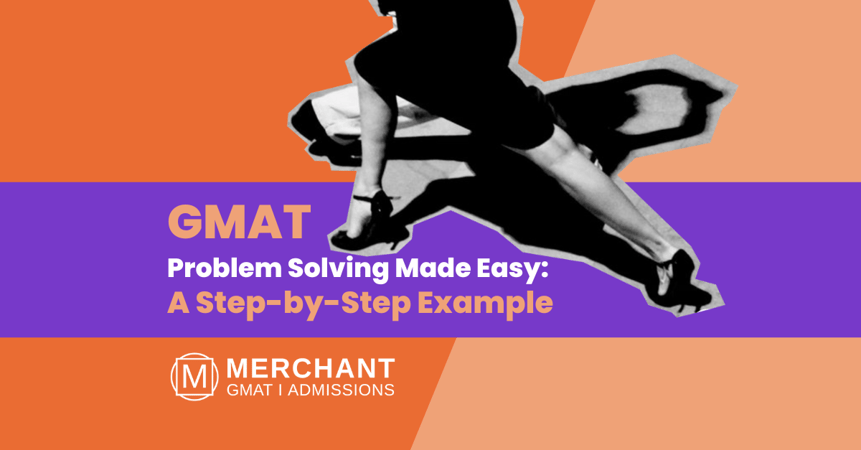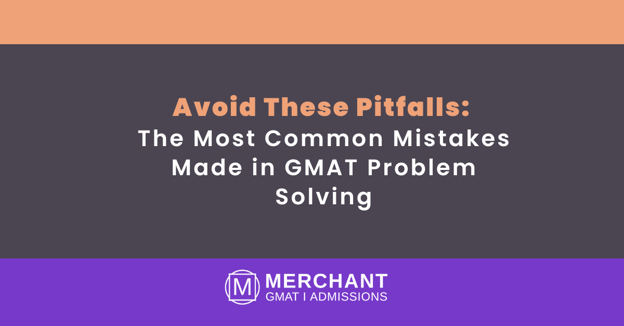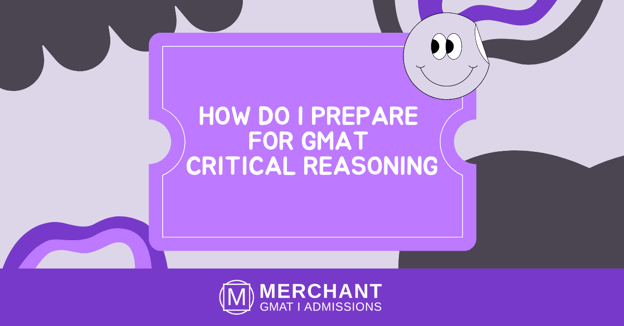GMAT Problem Solving Made Easy: A Step-by-Step Example

The GMAT Problem Solving (PS) section is a critical part of the exam that tests your quantitative skills and ability to think logically and creatively under pressure. To succeed in this section, you need to have a strong foundation in math and be able to apply various problem-solving techniques and strategies to a variety of scenarios. In this post, we'll provide a step-by-step example of a GMAT PS question and offer some tips and strategies for approaching these types of questions.
Overview of GMAT Problem Solving
The GMAT PS section consists of 31 multiple-choice questions that you have to complete within 62 minutes. These questions cover a range of topics, including arithmetic, algebra, geometry, and data analysis. The questions are designed to test your ability to interpret and analyze data, solve problems, and make informed decisions. To prepare for the GMAT PS section, it's important to have a solid foundation in math, including topics such as fractions, decimals, percentages, ratios, and basic algebra. You should also be familiar with common problem-solving techniques such as simplification, estimation, and working backwards. Additionally, you should be comfortable using a calculator to perform basic operations.
Example Problem and Explanation
Let's take a look at an example problem and how to approach it step-by-step:
"If the product of two integers is 180, what is the sum of the two integers?"
Step 1: Identify the Question Type and Relevant Information
The first step is to identify the type of question and any relevant information that is provided. In this case, we are dealing with a product and a sum, so we need to use algebra to solve the problem. The relevant information is that the product of the two integers is 180.
Step 2: Simplify and Identify Patterns or Rules
The next step is to simplify the problem and identify any patterns or rules. In this case, we can use algebra to represent the two integers as x and y. We know that xy = 180, so we can solve for y by dividing both sides by x. This gives us y = 180/x. We are looking for the sum of x and y, so we can write the equation as x + 180/x.
Step 3: Apply Problem-Solving Techniques and Strategies
Now we can apply problem-solving techniques and strategies to arrive at the solution. We want to find the value of x + y, so we need to simplify the equation. We can start by finding the derivative of the equation: (d/dx) (x + 180/x) = 1 - 180/x^2. To find the minimum value of the function, we set the derivative to zero and solve for x. This gives us x = 12, and y = 15. Therefore, the sum of the two integers is 27.
Step 4: Explain the Correct Answer and Why It Is the Best Choice
The correct answer is 27. We arrived at this answer by using algebra to represent the two integers, simplifying the equation, and applying problem-solving techniques to find the minimum value of the function. This approach allowed us to arrive at the correct answer efficiently and effectively.
Conclusion
GMAT PS questions can be challenging, but with practice and the right strategies, you can improve your performance and achieve a high score on the exam. By following a step-by-step approach and using a variety of problem-solving techniques, you can efficiently and effectively solve complex problems and arrive at the correct answer. Keep practicing and reviewing, and you'll be well on your way to success on the GMAT.





